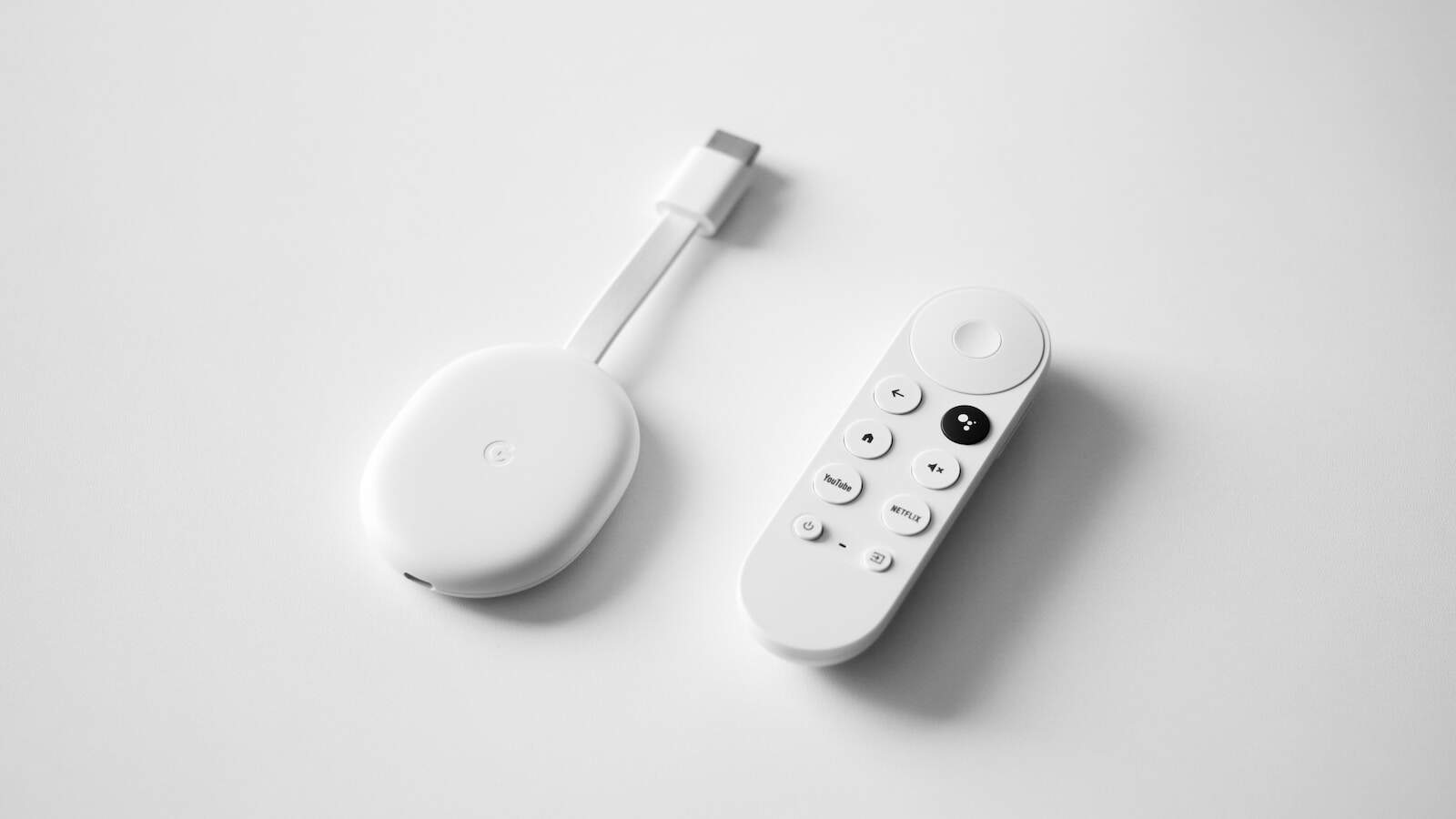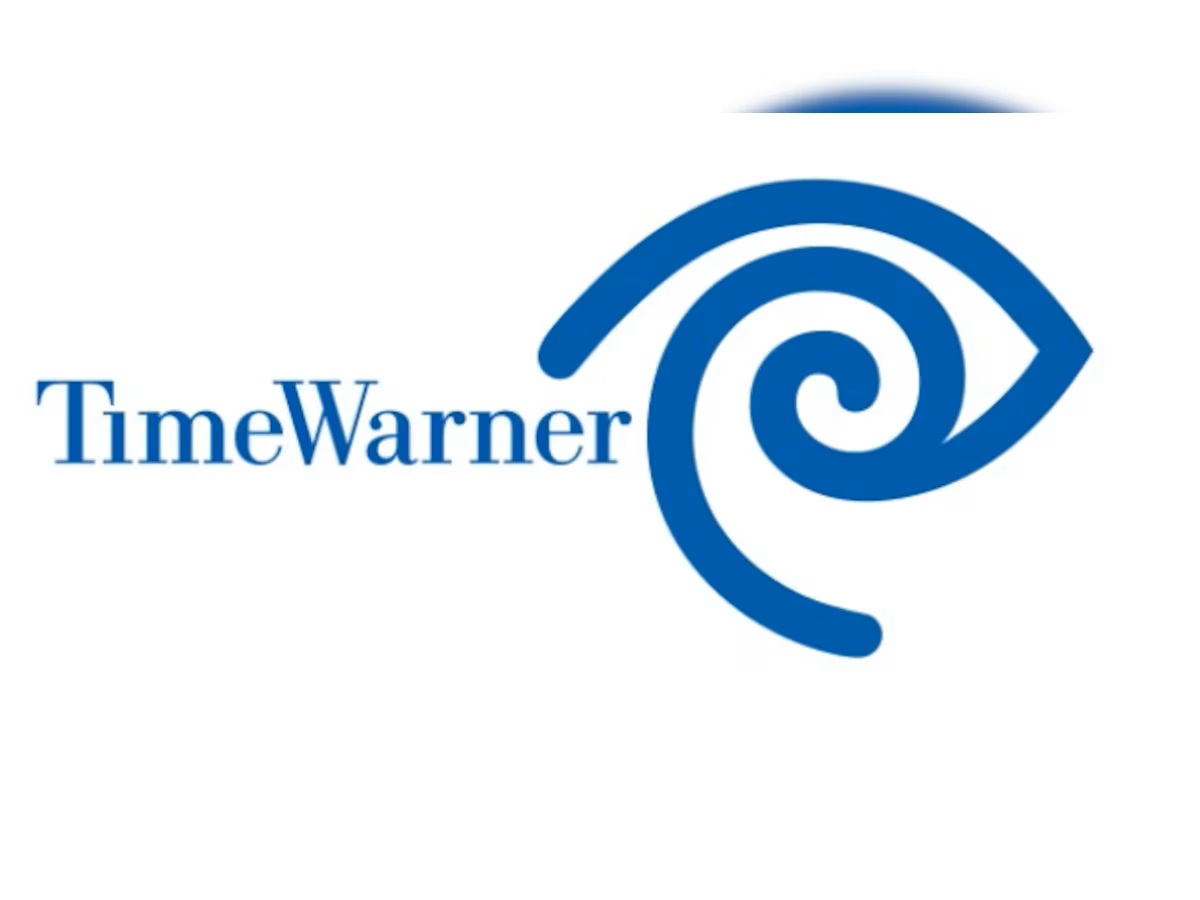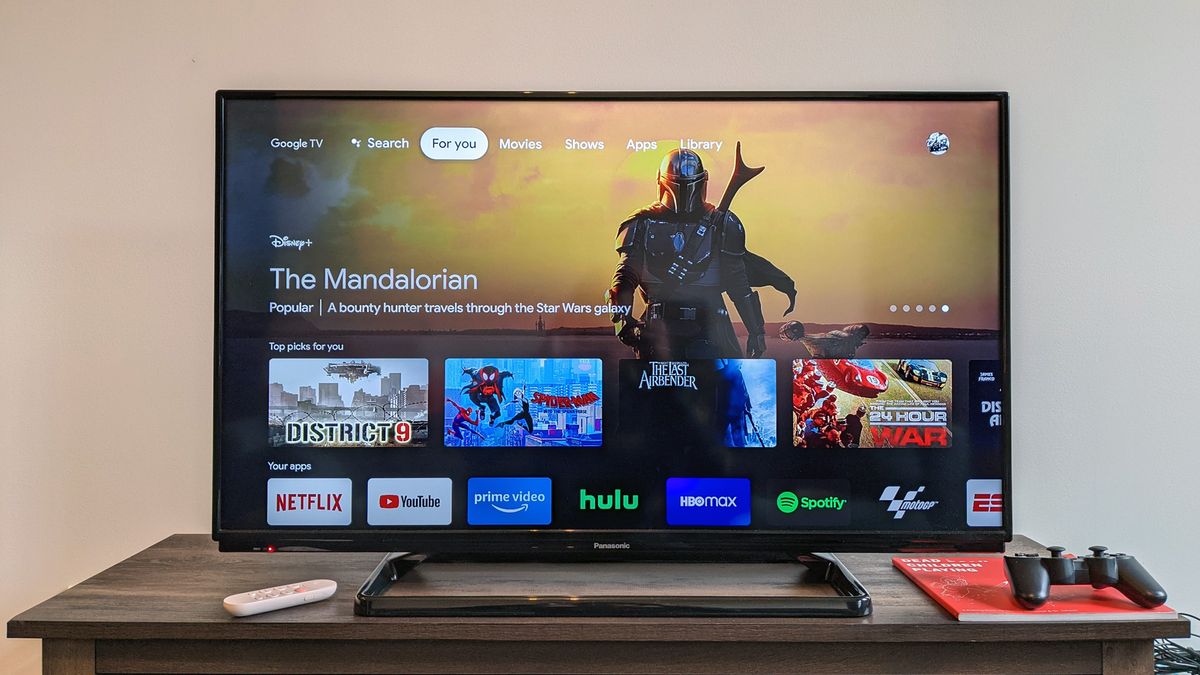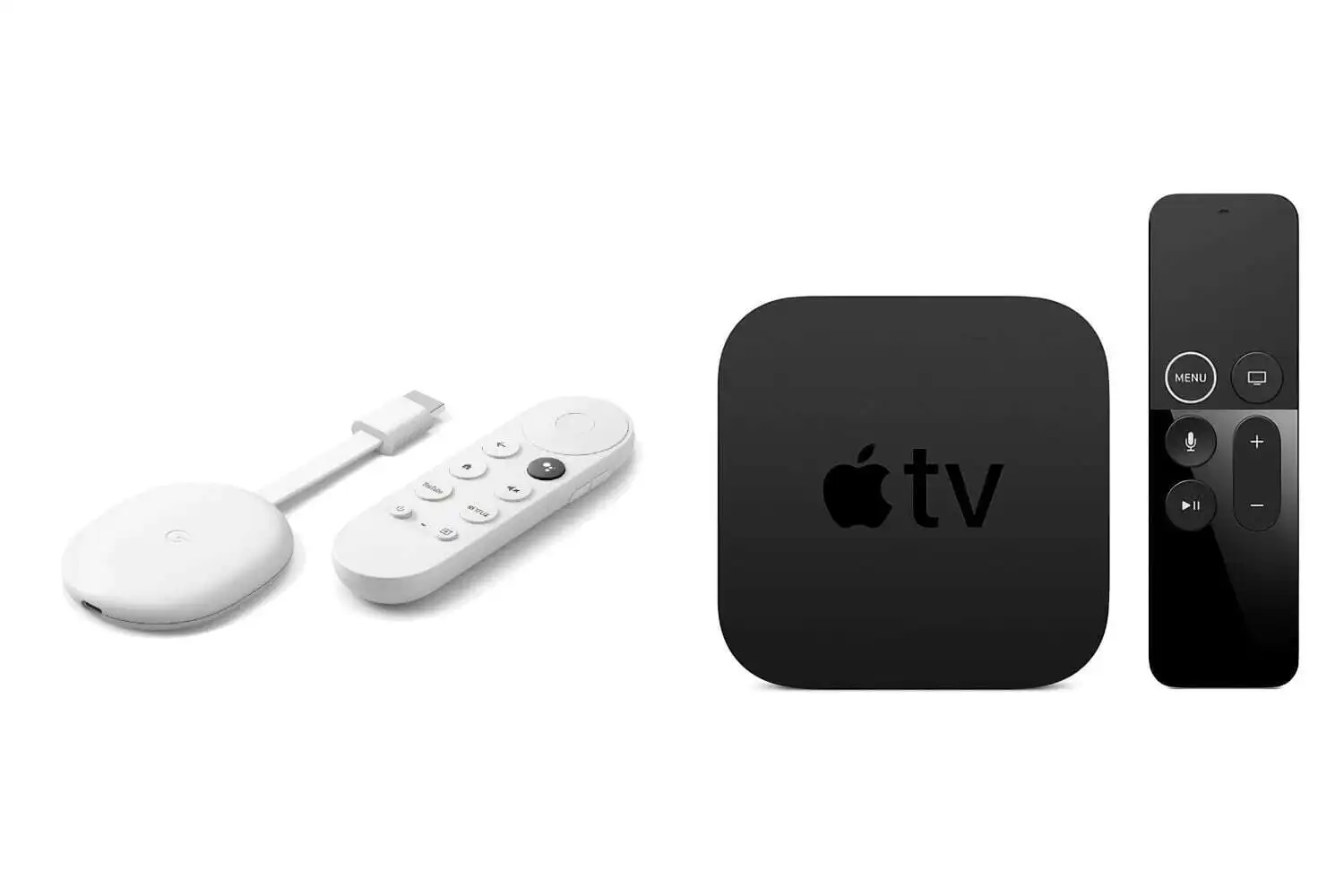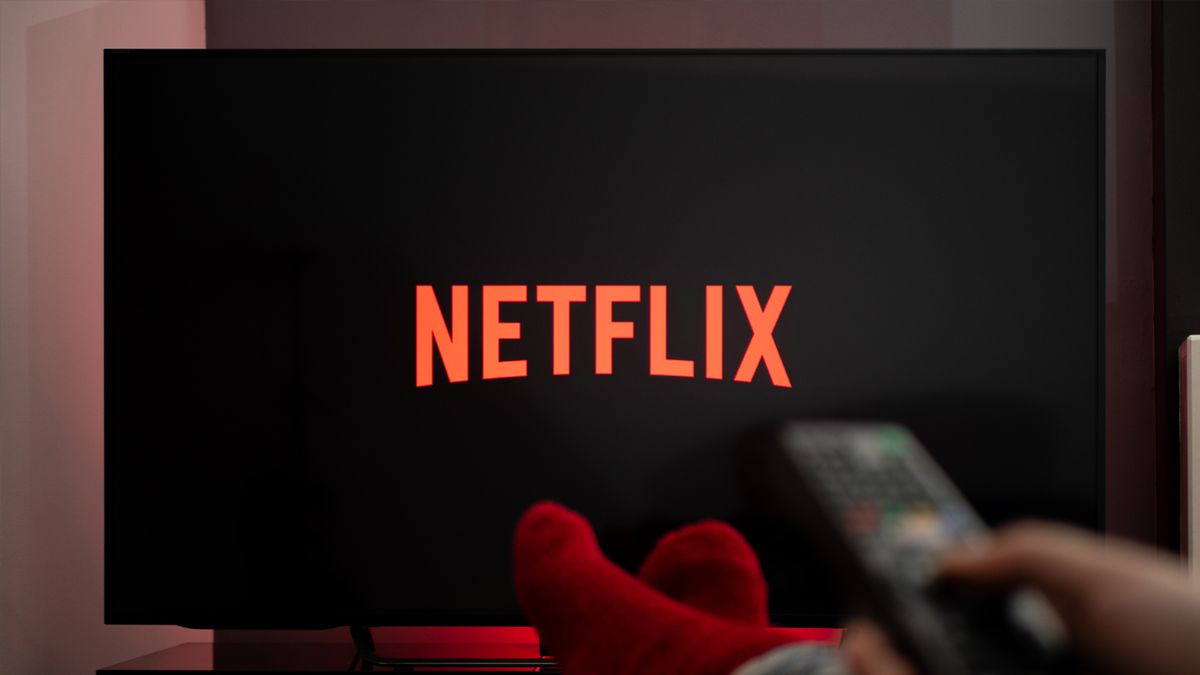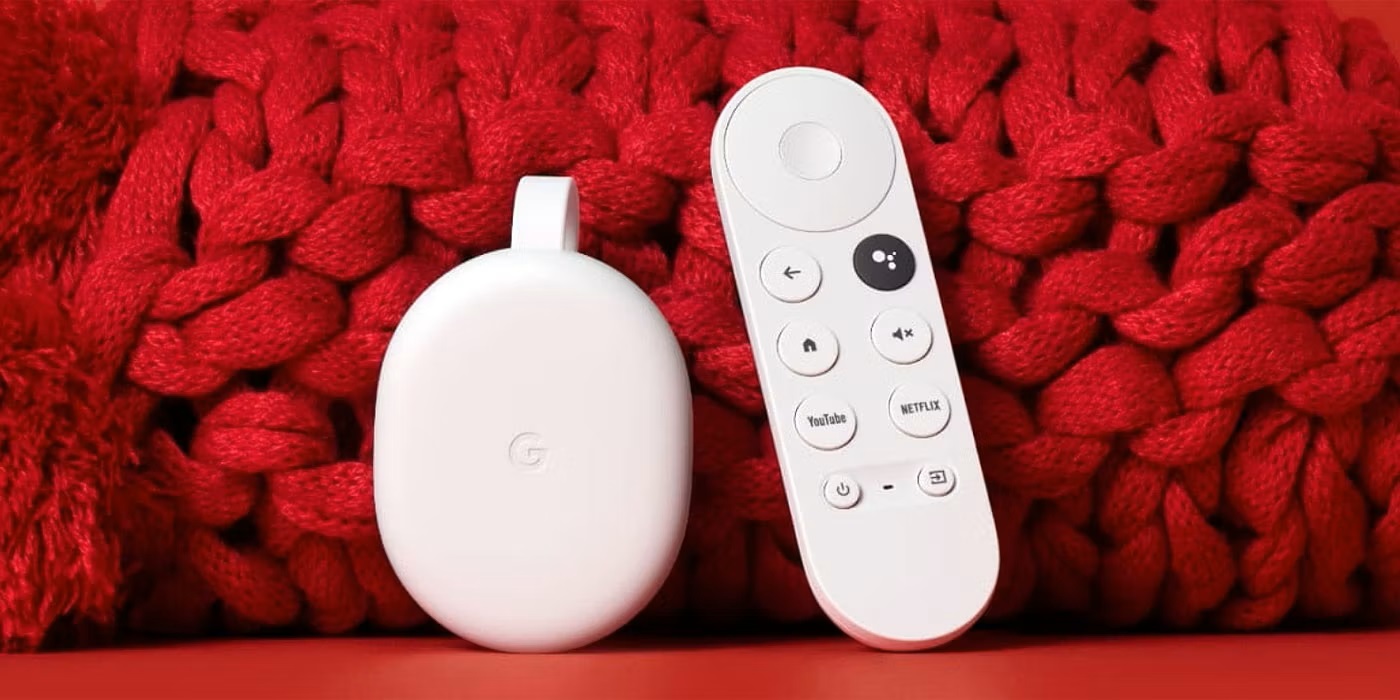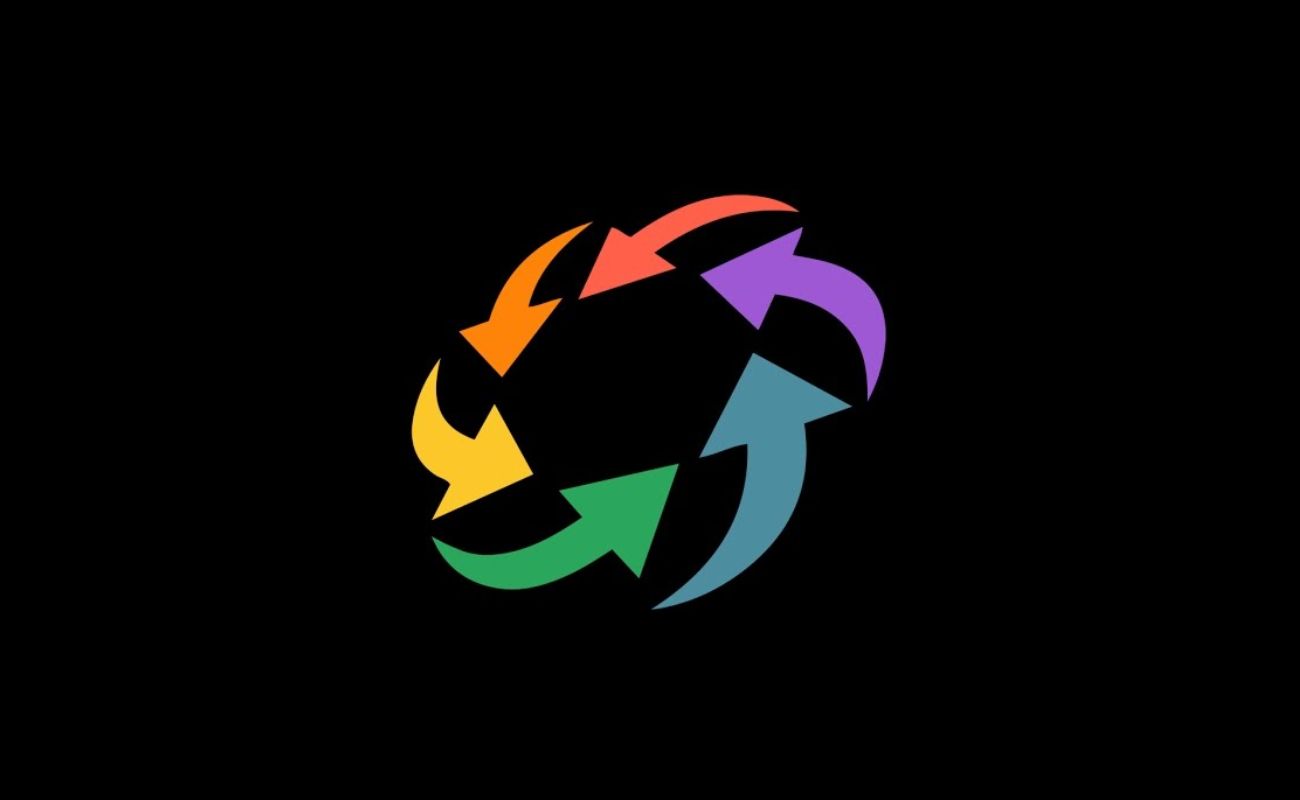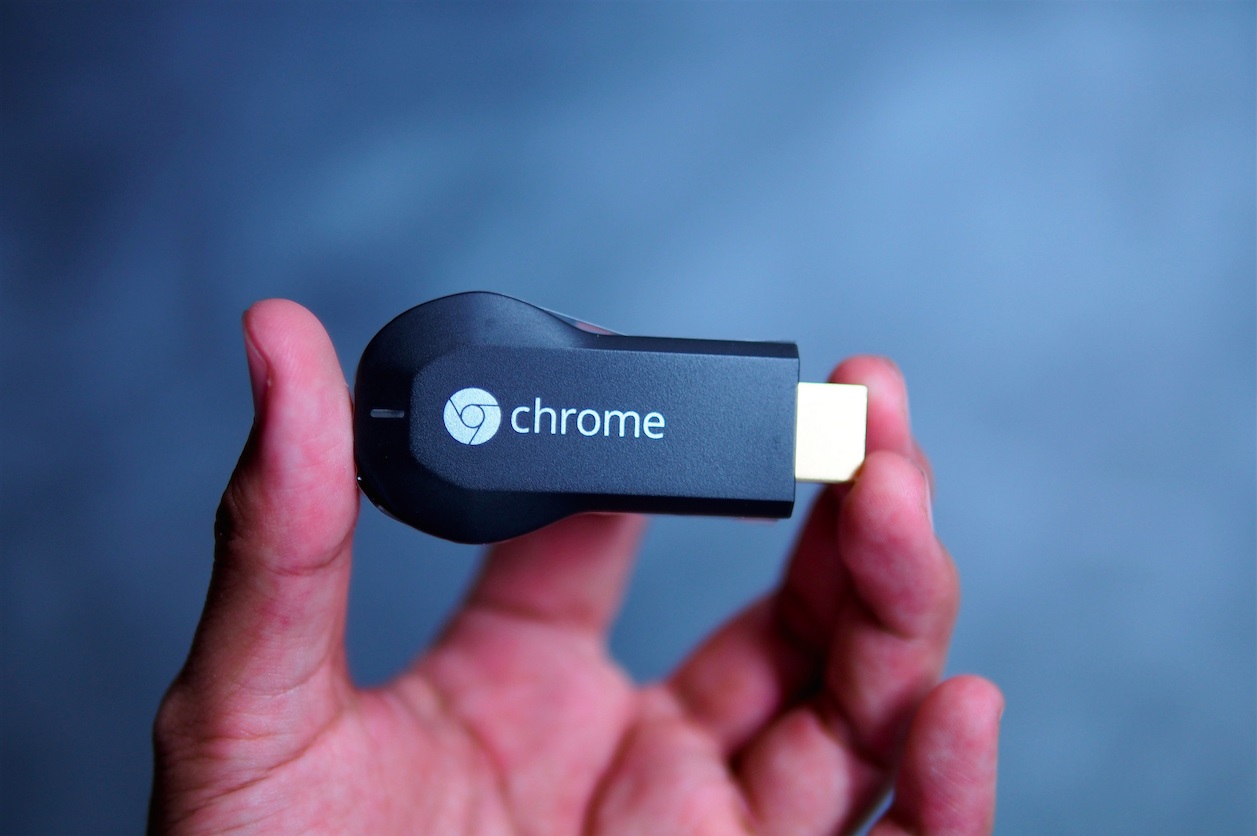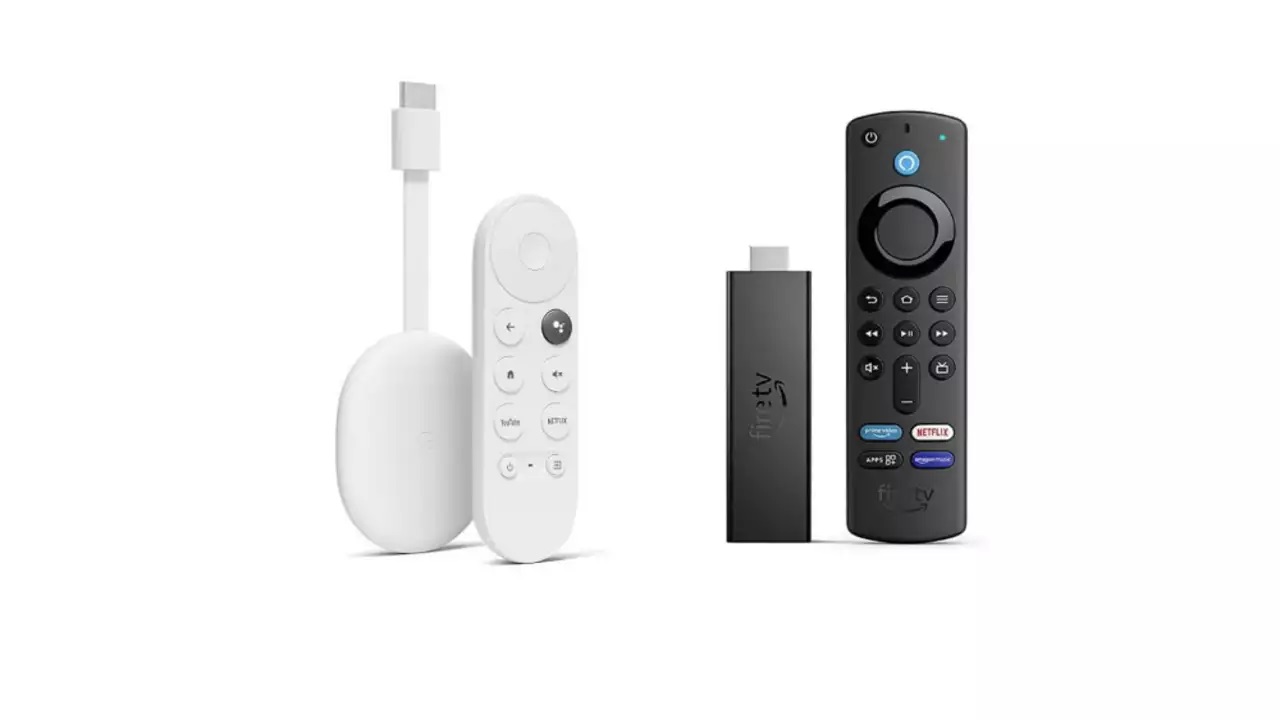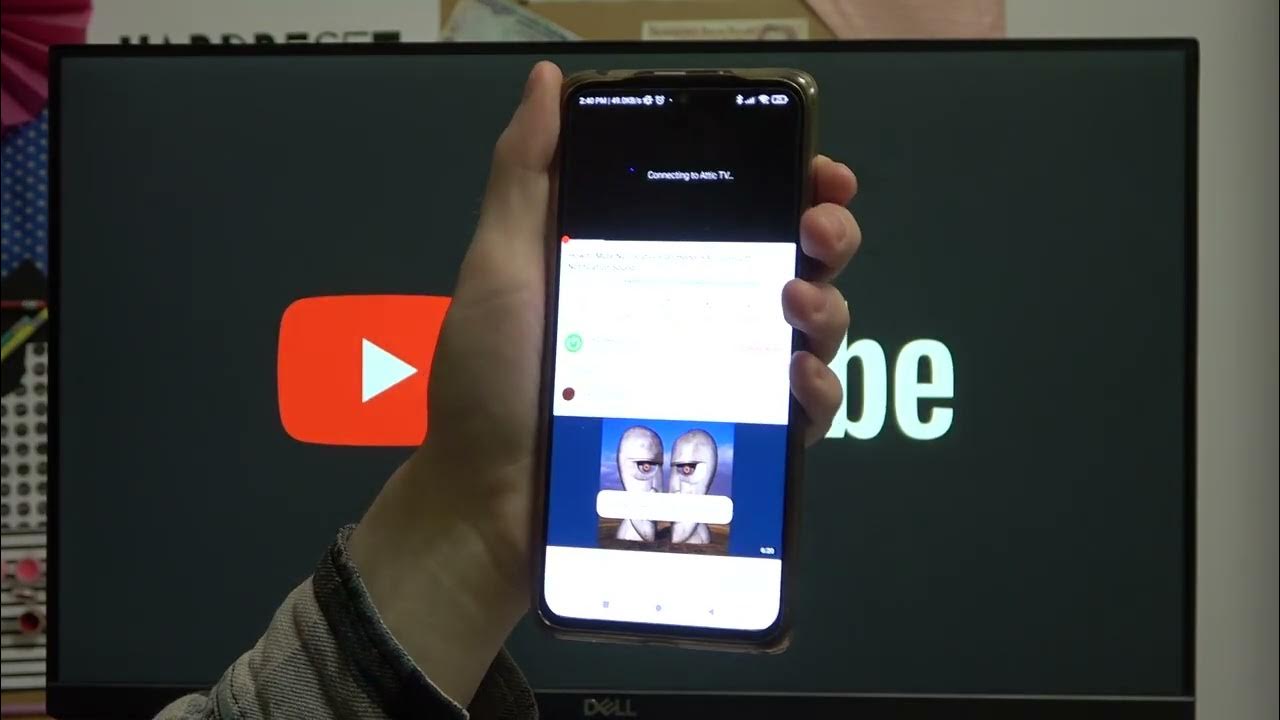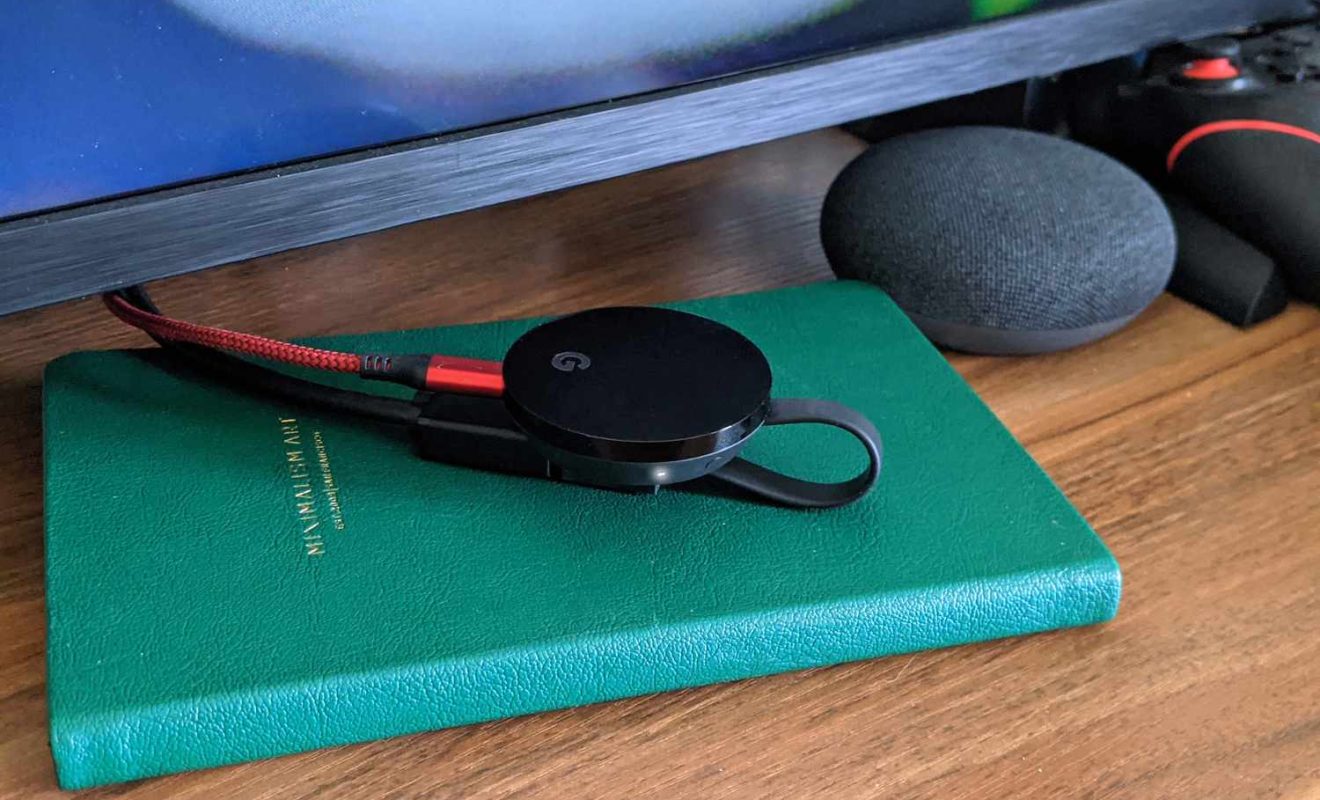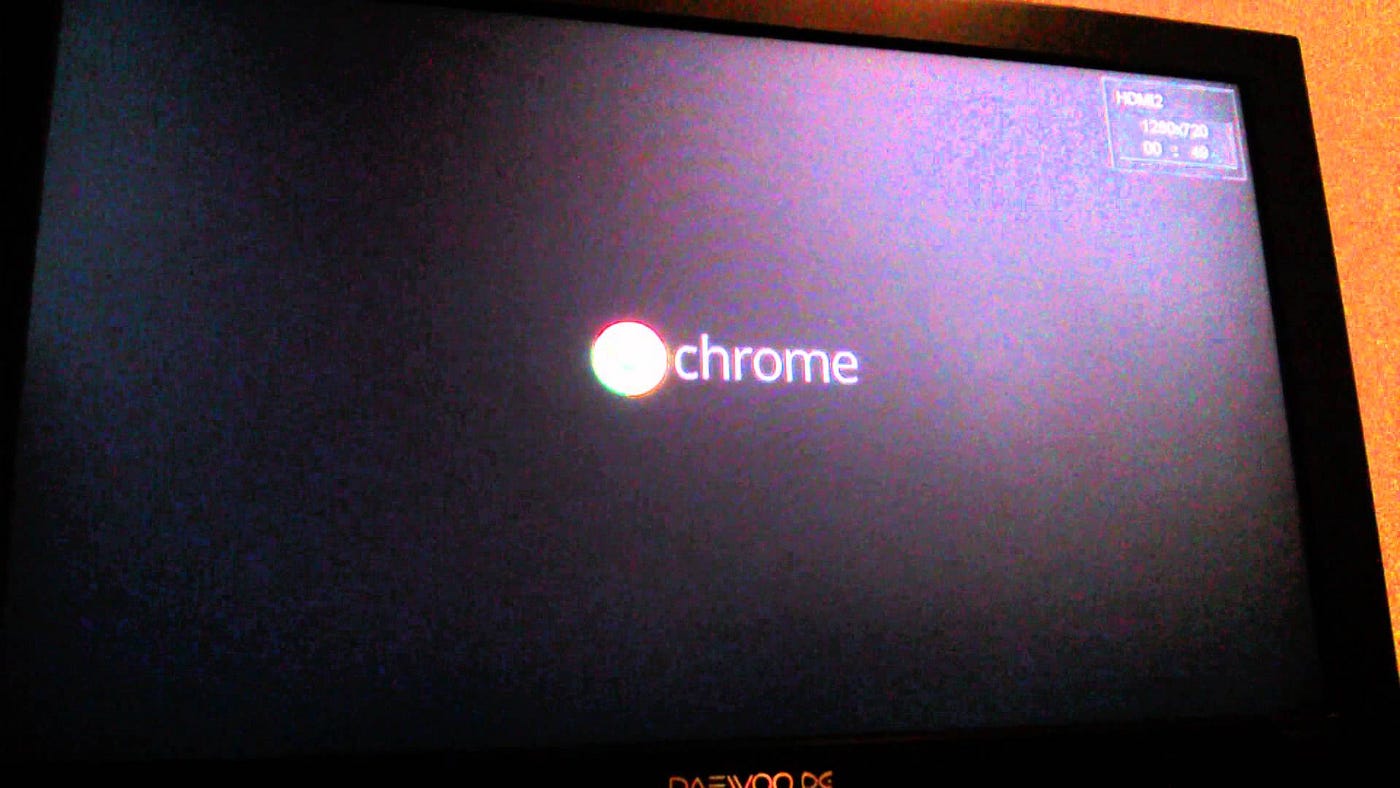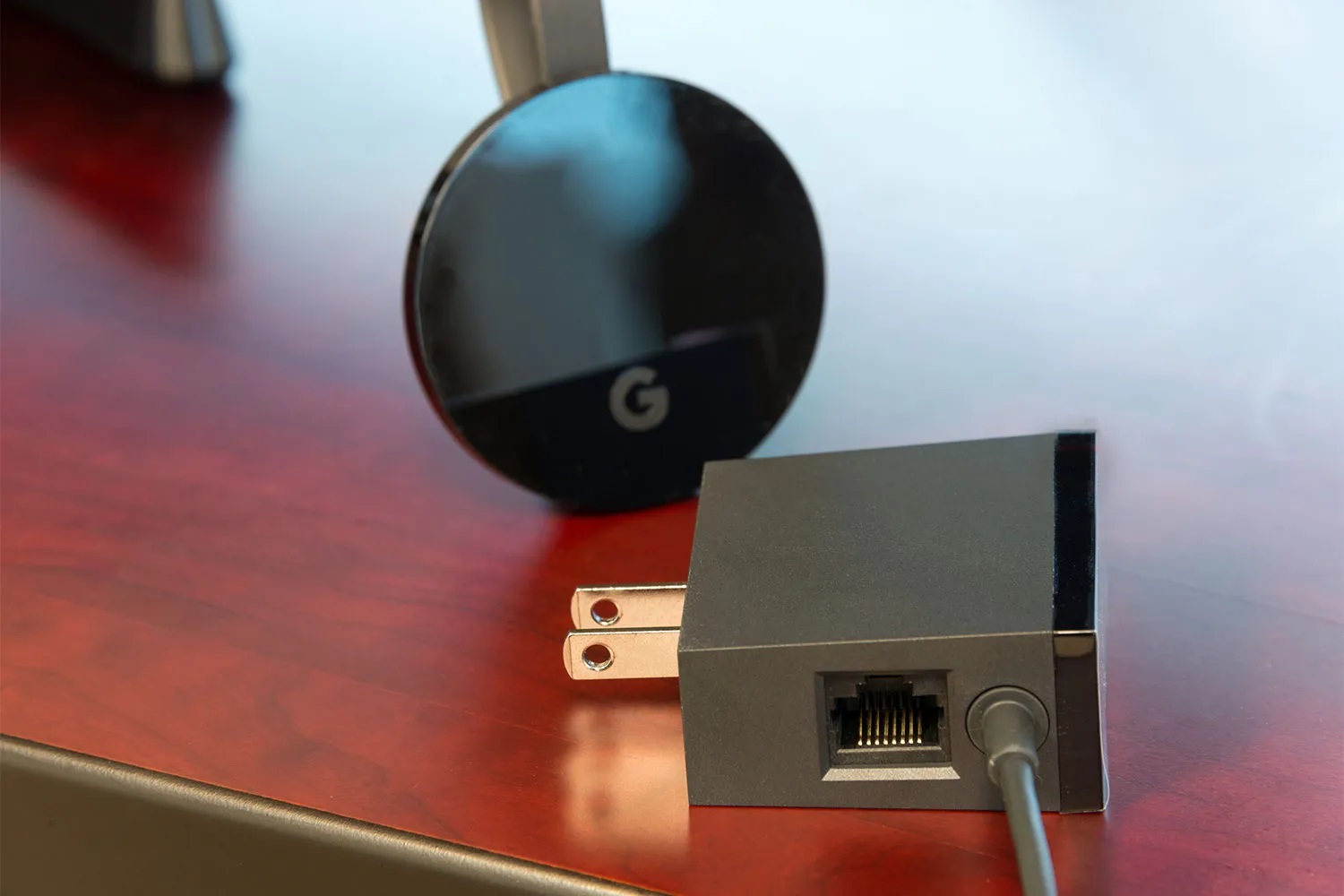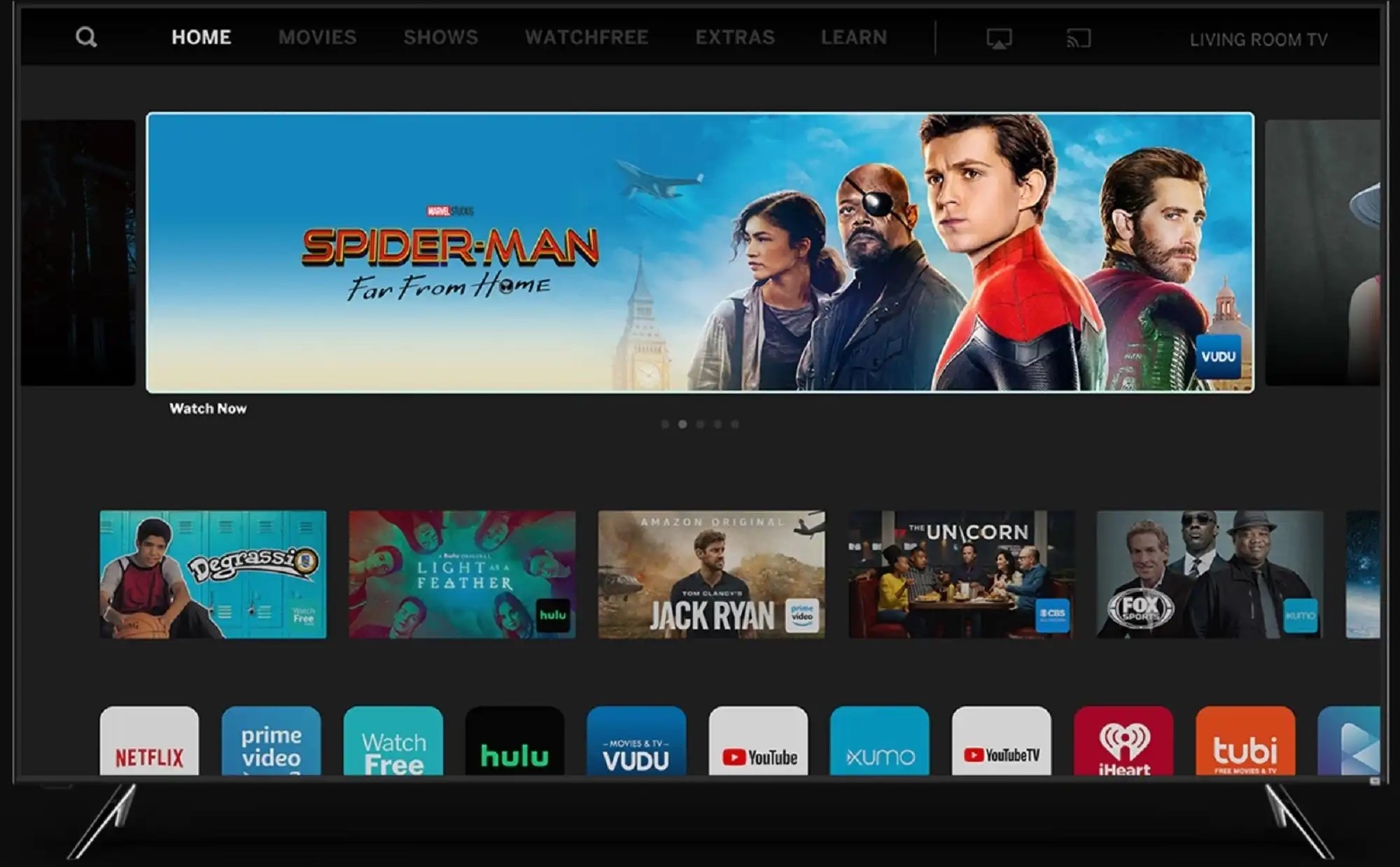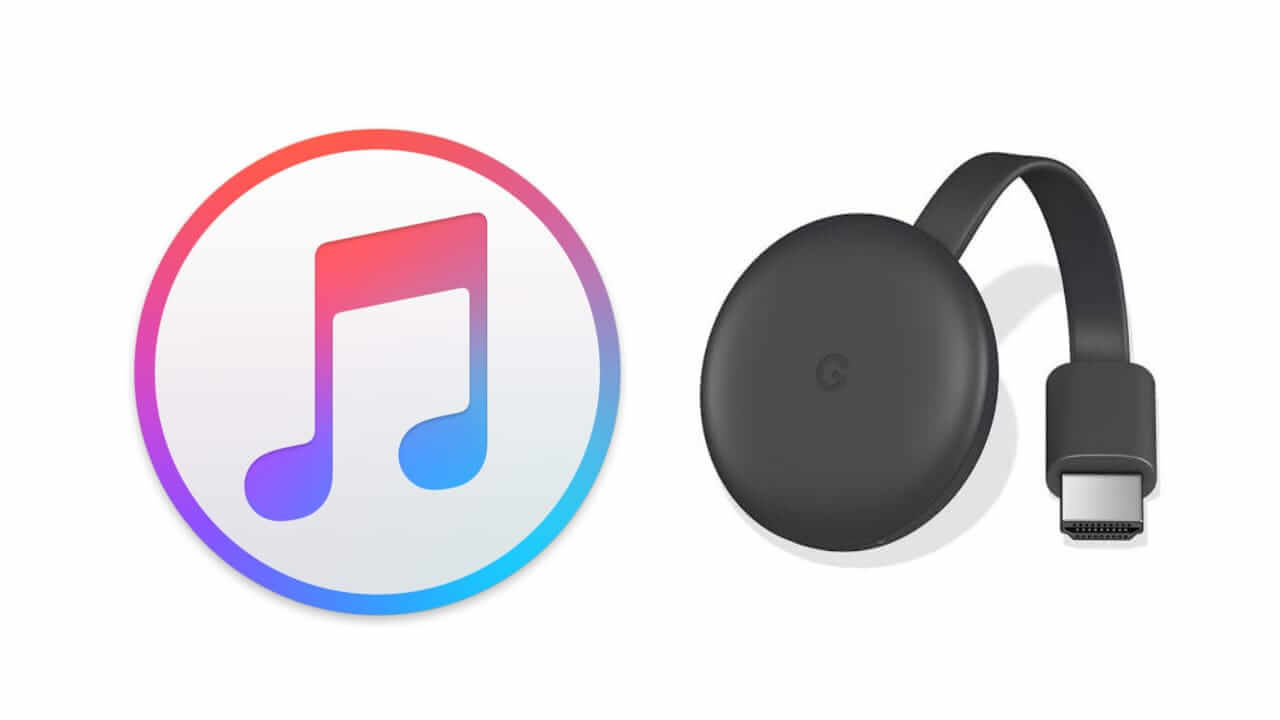

Gadgets
ITunes Compatibility With Chromecast
Modified: May 29, 2024
Discover how to enhance your gadget experience with iTunes and Chromecast compatibility. Stream your favorite content seamlessly. Unlock the potential of your gadgets today!
(Many of the links in this article redirect to a specific reviewed product. Your purchase of these products through affiliate links helps to generate commission for Techsplurge.com, at no extra cost. Learn more)
Table of Contents
Introduction
When it comes to enjoying digital media, iTunes has long been a popular choice for many users. With its vast library of music, movies, and TV shows, iTunes has become a go-to platform for entertainment enthusiasts. On the other hand, Chromecast has revolutionized the way we consume media by allowing seamless streaming from various devices to our TVs. However, despite their individual strengths, there has been a longstanding issue regarding the compatibility between iTunes and Chromecast.
The ability to stream iTunes content directly to a Chromecast device has been a highly sought-after feature. Unfortunately, due to certain limitations and differences in their ecosystems, achieving this seamless integration has proven to be a challenge for many users. This has led to frustration and inconvenience, especially for those who have invested in both iTunes media and Chromecast devices.
In this article, we will delve into the intricacies of iTunes and Chromecast, exploring the reasons behind their compatibility issues and providing valuable insights into potential workarounds and solutions. By understanding the underlying factors contributing to this compatibility dilemma, users can gain a clearer perspective on how to navigate and optimize their media streaming experience.
As we embark on this exploration, it's important to recognize the significance of addressing these compatibility issues. By bridging the gap between iTunes and Chromecast, users can unlock a world of possibilities, enabling them to seamlessly enjoy their favorite iTunes content on the big screen through the convenience of Chromecast. Let's delve into the complexities of these two platforms and uncover the pathways to achieving a harmonious coexistence between iTunes and Chromecast.
Read more: Chromecast Compatibility With Apple TV
Understanding iTunes and Chromecast
iTunes, developed by Apple Inc., has been a cornerstone of digital media consumption for over two decades. Initially launched as a music player and library organizer, iTunes evolved into a comprehensive multimedia platform, offering a vast array of content including music, movies, TV shows, and podcasts. With its user-friendly interface and seamless integration with Apple devices, iTunes has garnered a loyal user base, becoming a central hub for accessing and managing digital entertainment.
On the other hand, Chromecast, a digital media player developed by Google, has redefined the concept of media streaming. By simply plugging into the HDMI port of a television, Chromecast enables users to stream content from various devices, such as smartphones, tablets, and computers, directly to their TV screens. This innovative approach to media consumption has empowered users to effortlessly transition from personal screens to the expansive canvas of their television, enhancing the overall viewing experience.
Despite their individual strengths, the compatibility between iTunes and Chromecast has been a persistent challenge. One of the primary reasons for this lies in the proprietary nature of iTunes and its ecosystem. Apple has meticulously crafted an integrated environment for its users, encapsulating hardware, software, and services within a cohesive ecosystem. This closed ecosystem approach, while offering a seamless experience within the Apple ecosystem, presents limitations when it comes to interoperability with non-Apple devices and platforms.
Chromecast, on the other hand, operates within a more open and versatile framework, designed to work across various operating systems and devices. This fundamental difference in ecosystem philosophy has contributed to the complexities of achieving direct compatibility between iTunes and Chromecast. Additionally, the digital rights management (DRM) protection employed by iTunes for its media content further complicates the seamless streaming of iTunes content to non-Apple devices, including Chromecast.
As users seek to bridge the gap between these two platforms, it becomes essential to comprehend the intricacies of their respective architectures and functionalities. By gaining a deeper understanding of the technical and logistical aspects of iTunes and Chromecast, users can navigate the compatibility challenges more effectively, paving the way for a more cohesive and integrated media streaming experience.
Understanding the unique characteristics and operational dynamics of iTunes and Chromecast is pivotal in unraveling the complexities surrounding their compatibility. With this foundational knowledge in place, users can explore potential solutions and workarounds to enhance the interoperability between these two prominent platforms, ultimately enriching their digital media consumption journey.
Compatibility Issues
The compatibility issues between iTunes and Chromecast stem from the distinct ecosystems and technical intricacies that define these platforms. At the core of this challenge lies the proprietary nature of iTunes and its tightly integrated ecosystem, which is primarily designed to operate seamlessly within the Apple environment. This closed ecosystem approach, while fostering a cohesive user experience within the Apple ecosystem, presents inherent limitations when it comes to interoperability with non-Apple devices and platforms.
One of the primary hurdles in achieving compatibility between iTunes and Chromecast is the digital rights management (DRM) protection employed by iTunes for its media content. DRM serves as a safeguard for copyrighted material, ensuring that only authorized users can access and consume the content. However, this protective layer also poses a barrier when attempting to stream iTunes content to non-Apple devices, including Chromecast. The DRM restrictions imposed by iTunes create complexities in the seamless transmission of media to external devices, thereby impeding the direct compatibility between iTunes and Chromecast.
Furthermore, the divergent approaches to media streaming and device connectivity adopted by iTunes and Chromecast contribute to the compatibility challenges. iTunes, deeply entrenched within the Apple ecosystem, prioritizes a closed-loop approach to media distribution and playback, aligning closely with Apple's hardware and software infrastructure. In contrast, Chromecast operates within a more open and versatile framework, designed to facilitate seamless media streaming across various devices and operating systems. This fundamental disparity in operational philosophies and technical architectures presents a significant obstacle in achieving direct compatibility between iTunes and Chromecast.
Moreover, the absence of native support for Chromecast within the iTunes ecosystem further exacerbates the compatibility issues. Unlike other streaming platforms that offer built-in support for Chromecast, iTunes has not incorporated native compatibility with Google's media streaming device. This absence of direct integration hampers the seamless transmission of iTunes content to Chromecast, compelling users to seek alternative methods to bridge the gap between these two platforms.
In essence, the compatibility issues between iTunes and Chromecast are deeply rooted in the divergent ecosystem philosophies, DRM restrictions, and the absence of native support for Chromecast within the iTunes platform. These complexities have posed significant challenges for users seeking to seamlessly stream their iTunes content to Chromecast-enabled devices, prompting the exploration of innovative workarounds and solutions to address this longstanding compatibility dilemma.
Workarounds and Solutions
Navigating the compatibility challenges between iTunes and Chromecast necessitates a strategic approach, leveraging innovative workarounds and solutions to bridge the divide and enable seamless media streaming. While direct native integration between the two platforms may be elusive, users can explore alternative methods to achieve their desired outcome.
One potential workaround involves utilizing third-party software or applications that facilitate the transcoding and streaming of iTunes content to Chromecast. These specialized tools are designed to overcome the DRM restrictions imposed by iTunes, enabling users to convert their media files into formats compatible with Chromecast and subsequently stream them to their television screens. By leveraging these third-party solutions, users can circumvent the inherent limitations of direct compatibility and unlock the ability to enjoy their favorite iTunes content on the expansive canvas of their TV through Chromecast.
Another viable solution revolves around the utilization of intermediary devices that serve as conduits for streaming iTunes content to Chromecast. For instance, users can employ media streaming devices that support iTunes playback and are also compatible with Chromecast. By leveraging these intermediary devices, users can effectively bridge the gap between iTunes and Chromecast, enabling seamless transmission of media content from iTunes to their television screens. This approach capitalizes on the interoperability of intermediary devices to facilitate a cohesive media streaming experience, transcending the inherent compatibility challenges between iTunes and Chromecast.
Furthermore, the advent of screen mirroring and casting functionalities on certain devices presents an additional avenue for overcoming the compatibility issues between iTunes and Chromecast. Users can leverage the screen mirroring capabilities of their smartphones, tablets, or computers to display iTunes content on their devices and subsequently cast the mirrored screen to Chromecast-enabled televisions. While this method may entail some degree of latency and potential quality limitations, it offers a pragmatic workaround for accessing iTunes content on the big screen through the utilization of Chromecast's casting capabilities.
Additionally, exploring alternative streaming platforms that offer native compatibility with both iTunes and Chromecast can provide a streamlined solution for users seeking a seamless media streaming experience. By leveraging these intermediary platforms, users can effectively bridge the gap between iTunes and Chromecast, enabling hassle-free transmission of their favorite media content to their television screens. This approach capitalizes on the inherent compatibility of intermediary platforms to facilitate a cohesive media streaming experience, transcending the complexities associated with direct integration between iTunes and Chromecast.
In essence, by embracing these innovative workarounds and solutions, users can surmount the compatibility challenges between iTunes and Chromecast, unlocking a world of possibilities for seamless media streaming. While the direct native integration between the two platforms may present inherent complexities, the strategic utilization of alternative methods empowers users to transcend these barriers and elevate their digital media consumption experience.
Conclusion
In conclusion, the compatibility challenges between iTunes and Chromecast have underscored the complexities inherent in integrating distinct ecosystems and technical architectures. The proprietary nature of iTunes, coupled with its DRM restrictions and closed-loop operational philosophy, has posed significant hurdles in achieving direct compatibility with Chromecast. Despite these challenges, users have explored innovative workarounds and solutions to bridge the gap between these two prominent platforms, unlocking a world of possibilities for seamless media streaming.
While the native integration between iTunes and Chromecast may remain elusive, the utilization of third-party software, intermediary devices, and alternative streaming platforms has empowered users to transcend the compatibility barriers and enhance their digital media consumption experience. By leveraging specialized tools that circumvent DRM restrictions and facilitate transcoding, users can effectively stream their iTunes content to Chromecast-enabled devices, overcoming the inherent limitations of direct compatibility. Additionally, the strategic use of intermediary devices and the exploitation of screen mirroring and casting functionalities have provided pragmatic pathways for accessing iTunes content on the expansive canvas of television screens through Chromecast.
Furthermore, the exploration of alternative streaming platforms that offer native compatibility with both iTunes and Chromecast has presented a streamlined solution for users seeking a cohesive media streaming experience. By capitalizing on the interoperability of these intermediary platforms, users can navigate the complexities associated with direct integration, enabling hassle-free transmission of their favorite media content to Chromecast-enabled televisions.
As users continue to seek seamless ways to enjoy their digital media across diverse platforms, the ongoing pursuit of innovative solutions and workarounds will undoubtedly shape the landscape of media streaming. The compatibility challenges between iTunes and Chromecast have spurred a wave of creativity and resourcefulness, driving the exploration of unconventional pathways to achieve a harmonious coexistence between these two prominent platforms.
In essence, while the compatibility issues between iTunes and Chromecast have presented formidable obstacles, the resilience and ingenuity of users have paved the way for a more integrated and cohesive media streaming experience. By embracing alternative methods and leveraging innovative solutions, users have transcended the limitations of direct compatibility, unlocking the potential for seamless enjoyment of their favorite iTunes content on the expansive canvas of television screens through the convenience of Chromecast.

